After the whirlwind of Cartagena, I feel a little out of place being back in Medellín yet I booked myself three more days here so I would have the opportunity to do the things I didn’t get to on my first couple days, initially thinking I’d be tired from the travel upon arrival not from the flu I caught three days before leaving. I try seeking out the fashion scene once again and find a very large expensive mall with four floors, a garden in one courtyard, and not much that actually interests me. The front desk clerk had recommended a market about a 15 minute walk away so I go wander down the street to check it out. The temperature of 27 degrees Celsius now feels mild to the high 30’s of Cartagena, plus Medellín has the added benefit of full shade sidewalks lined with beautiful trees.
When I get to the market I see that they’re just setting up. I ask someone nearby when it will be open and they say around 7-8. It’s only 4:30 now and I’m not that curious to wait around. I hail down a taxi who tells me no, he won’t drive me back to my hotel now because it’s rush hour and we’ll be sitting in traffic forever. It’s about an hours walk back to my hotel and for whatever reason that’s what I decide to do. After about 15 minutes though I decide to try my luck with a bus. I can see that the buses likely work like they do in Mexico, they don’t have a digital sign with a number/route displayed but rather the name of every neighbourhood they hit covers the passenger side window. I find a neighbourhood name near my hotel and then hop on that bus.
We take off down the road and I am feeling pretty good about my travel skills. We make good time until we hit traffic closer to downtown. In all it took another 20 minutes of crawling through the streetlights until we got to my stop. It probably took the same amount of time to get there but at least I didn’t have to walk the whole way.
For dinner I walk up to a neighbourhood I dined at last time that was full of people and open restaurants around 8 o’clock. I meet an Aussie at the table sitting next to me and we have a good chat. He’s a film director for documentaries and he’s in Medellín to edit.
The next day I have my walking graffiti tour of Comuna 13 booked for the afternoon. I take a taxi to the metro station we’re supposed to meet. Our guide is Laura, and she grew up in Comuna 13 through the violent reign of drug cartelist Pablo Escobar. While Pablo never lived in this community he used the poor teens and children who did for his drug operations. After he died the Colombian government thought it would solve the problems of drug crimes in the community but it did not. Other individuals rose up to take Escobar’s place. There was also two major political groups that recruited youth from this area to join their ranks, one of which was a gorilla army. A lot of young people simply disappeared and our guide told us many people believe the bodies were cut up and dumped at the top of the hill. There’s no official account of the total number of missing people from this community and while they’re working on it now, because it’s 13 years after the violence ended its hard to get conclusive evidence.
The government had to send in the military twice to stop the violence and many innocent people were shot or killed during both operations. However, Laura tells us with confidence, it was necessary in order to break the cycle of violence. Now the streets are safe. She tells us that she used to be ashamed of being from this community but now she’s very proud because of the transformation that’s taken place. The government put money into schools, police, and other community services. They built the first ever outdoor escalators to help citizens get up and down the steep mountain slope. As we hike through the neighbourhood up to the escalators we stop at a community centre that is open to youth after school, to offer sports activities or help with homework. It keeps the children safe and engaged in learning instead of joining the gangs that are still around though they aren’t what they were. She tells us at the beginning of the tour not to give any of the children that approach us any money as that encourages them to quit school if they can make enough begging on the street.
From the top of the community centre we get quite a view of Medellín. This is nothing from the view from Laura’s house, which she tells us we will get to see as she will take us there. She asks us to say hello to her mother when we get there as her mother is shy but really enjoys welcoming us into her home.
We climb the first long flight of stairs to see the first graffiti mural on our tour. It depicts the face of a Colombian woman with a baby nestled on her back. This is an image of hope, Laura tells us, for the future of Colombia is through women and their children. All of the artists who paint graffiti here are locals who live in Comuna 13. We climb a few more stair cases and streets to see more graffiti and hear more stories of the people who painted them. Finally we arrive at the escalators and it was way more cool than I expected to ride an elevator on a street outdoors. We take three up to Laura’s house and before we enter she reminds us to say hello to her mother. She says her family consists of 40 people, including aunts, uncles, and her brothers and sisters who are married with children. This has been their family home since her parents married and got cheap land to build a home here back in 1981.
Her family is lovely and her sister guides us right up to the rooftop view Laura has promised us. There, they are selling food and drinks in a little room off the patio. We take in the view, the delicious food and the last story Laura tells us about some of the friends she had who died during the violent era of Comuna 13, but please don’t let this story be the impression that you had of Comuna 13, she says. You are here so that you can be my voice all over the world to the communities you live in. Please tell them about the hope and the transformation that you saw here.
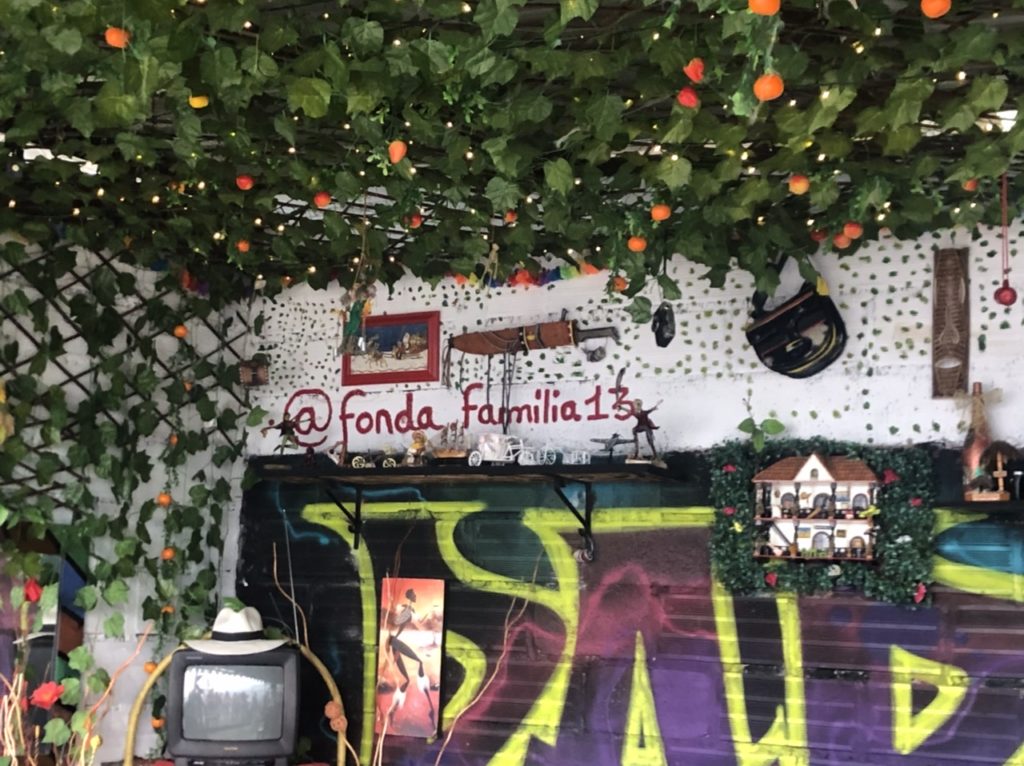
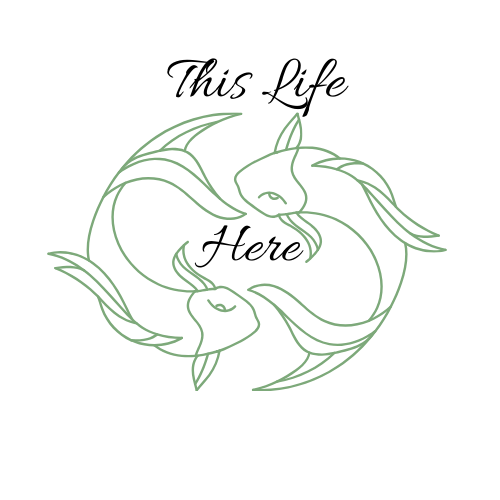
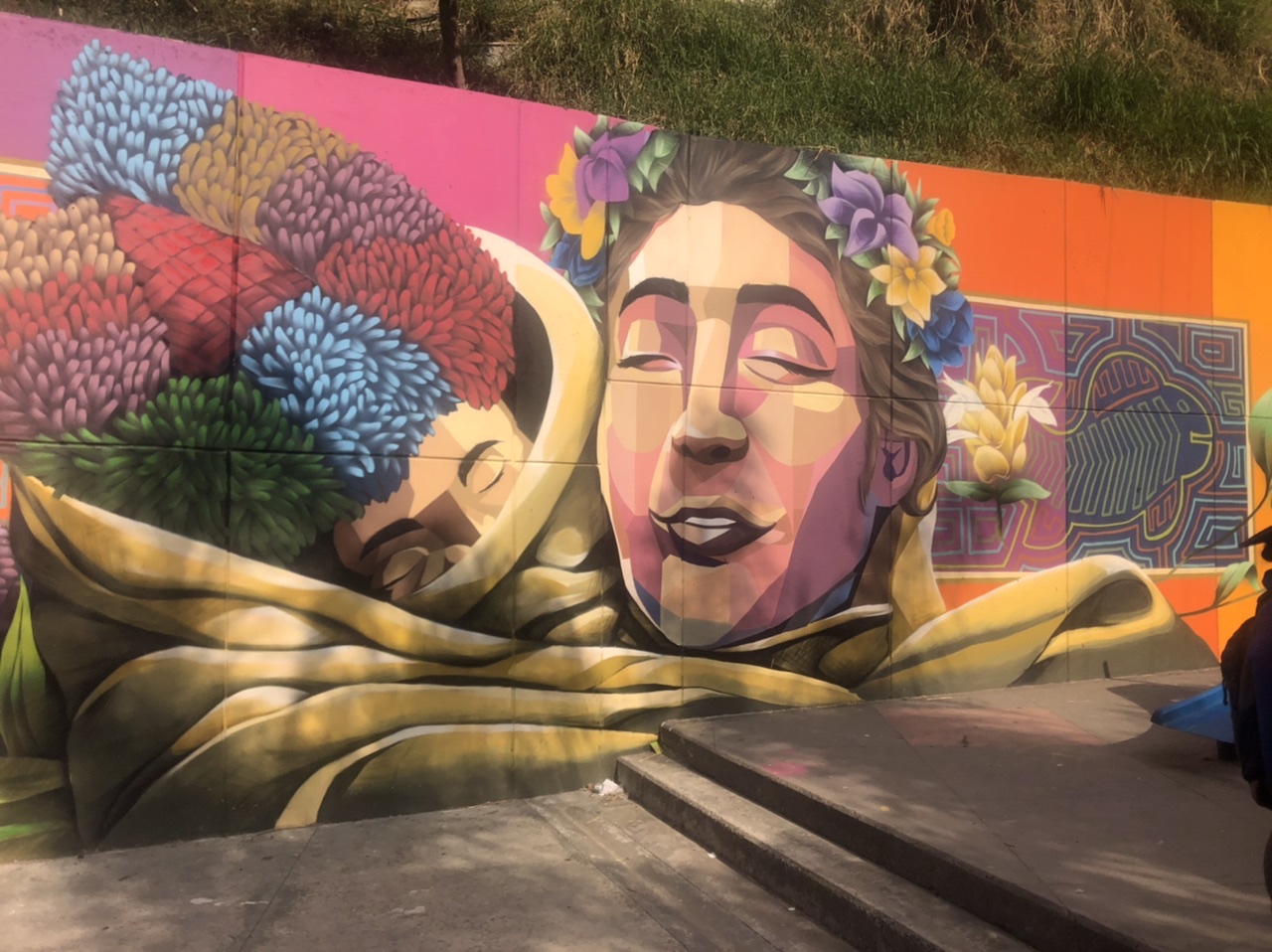
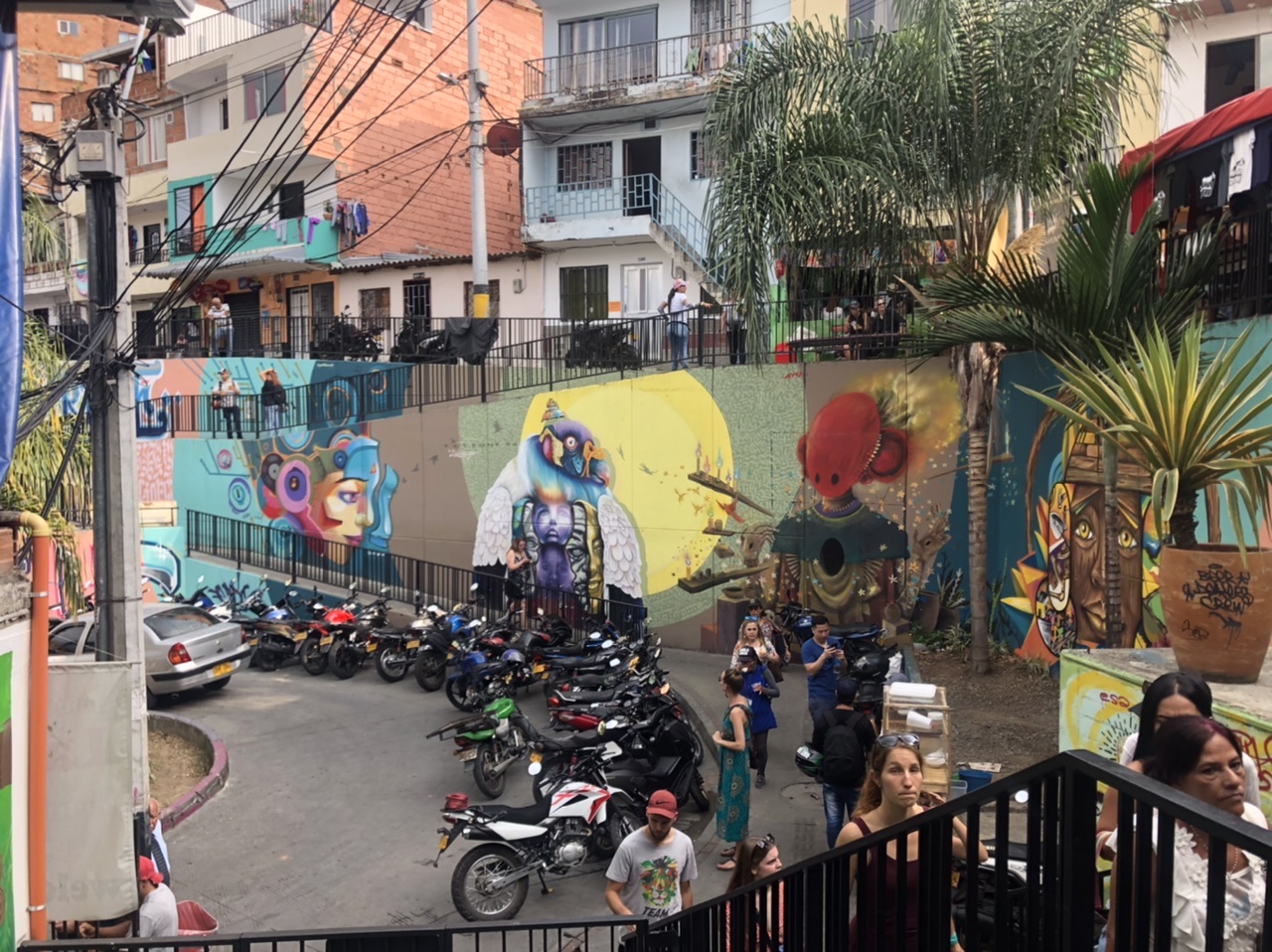
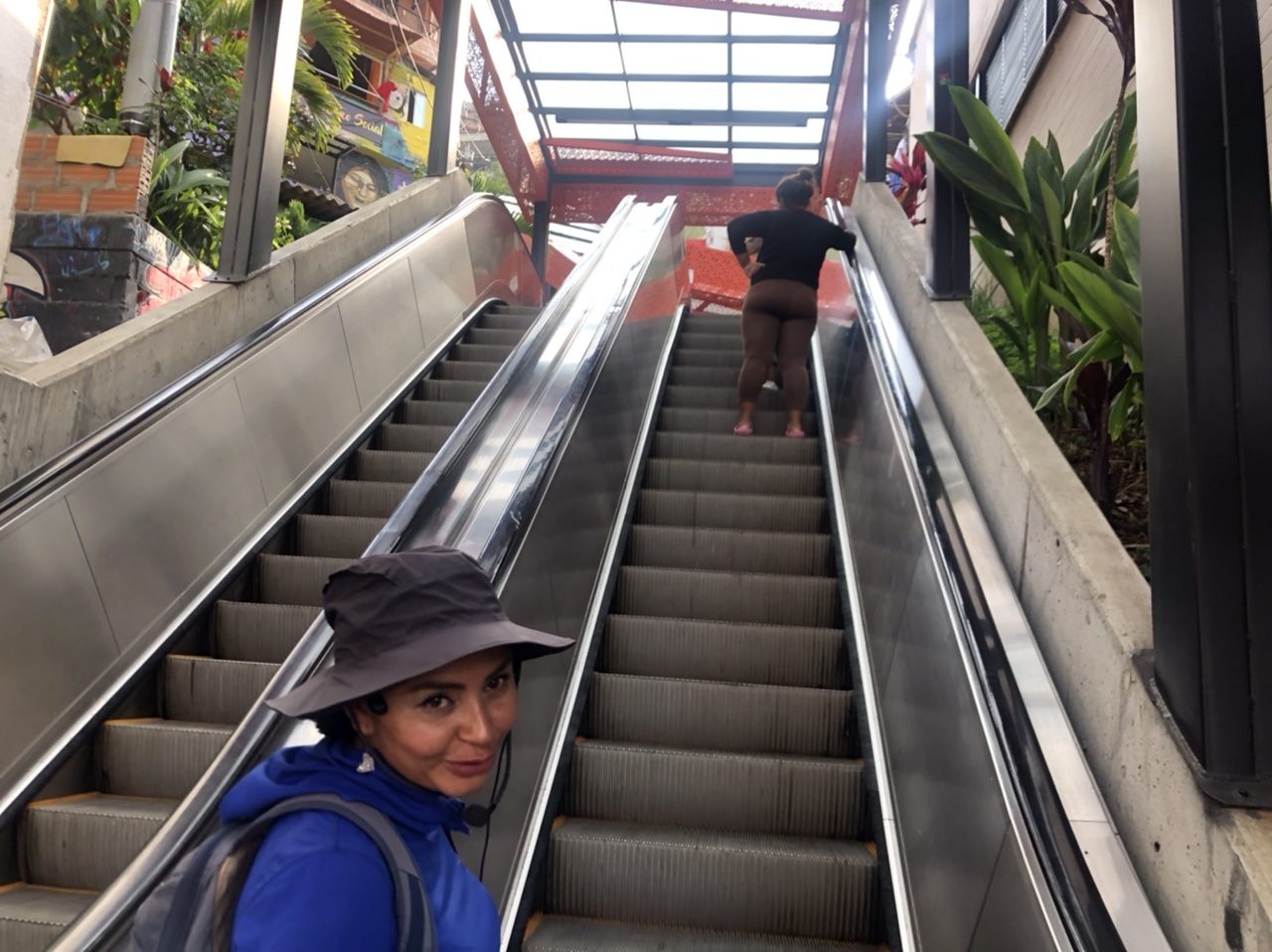
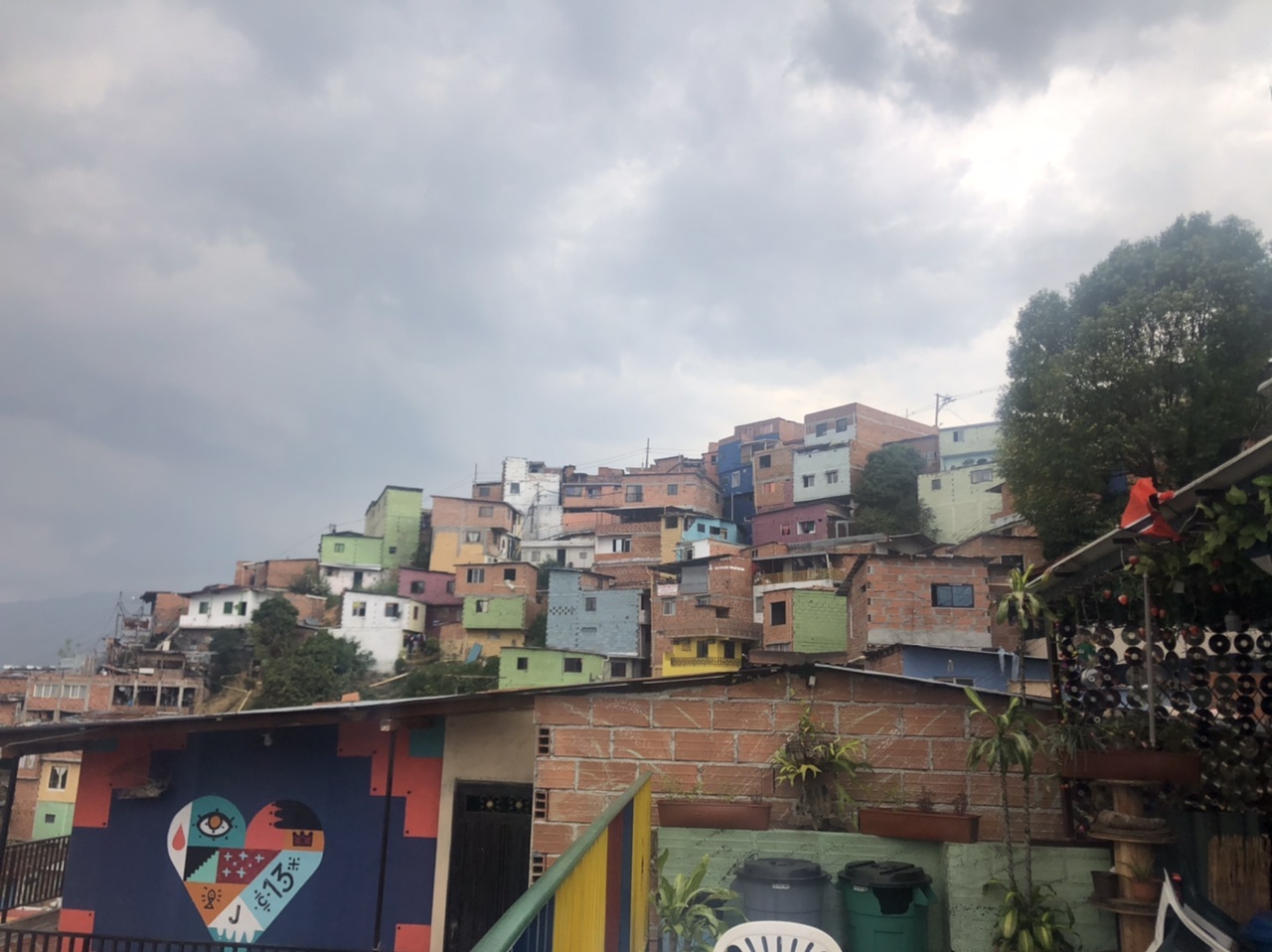
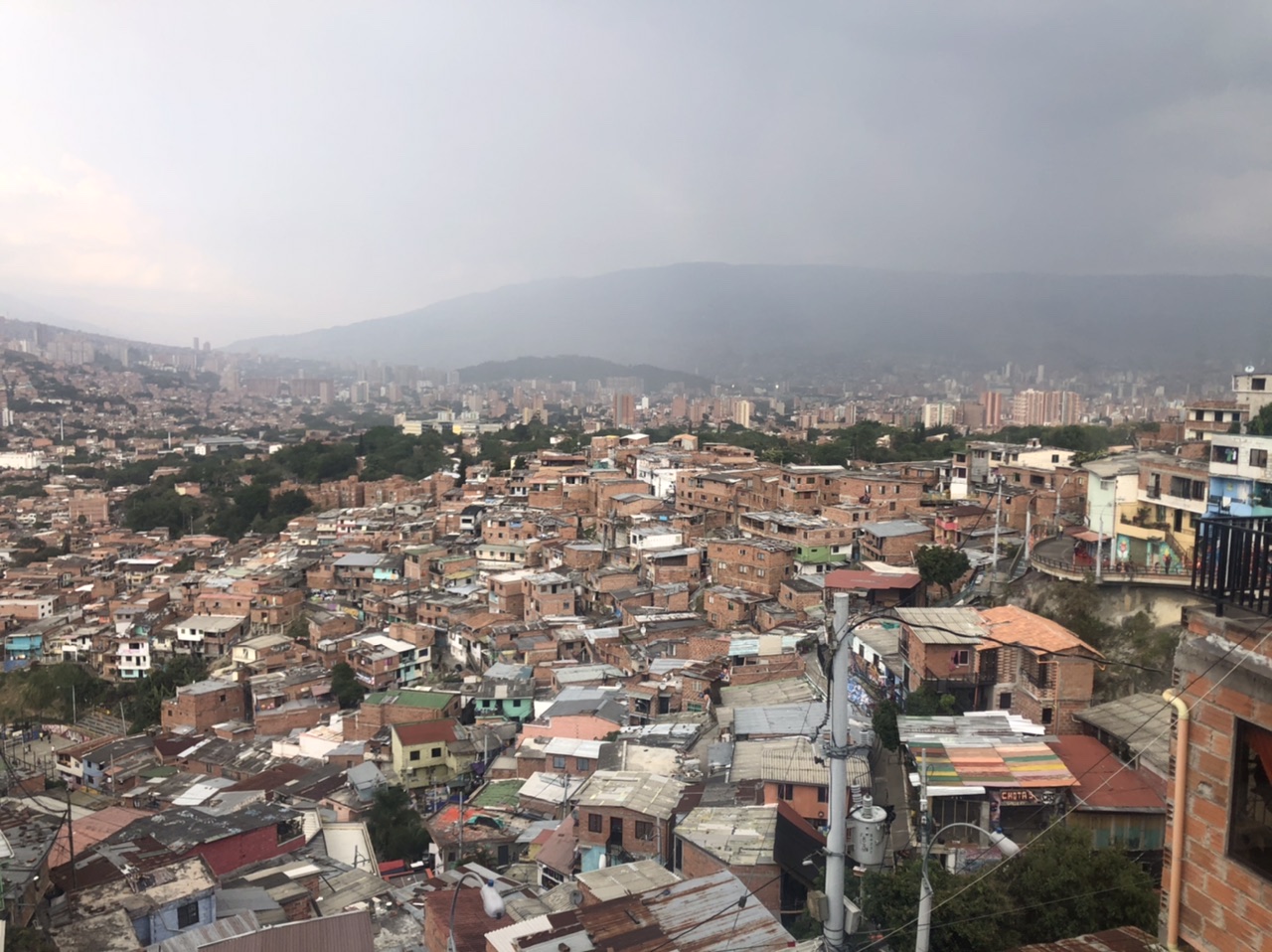


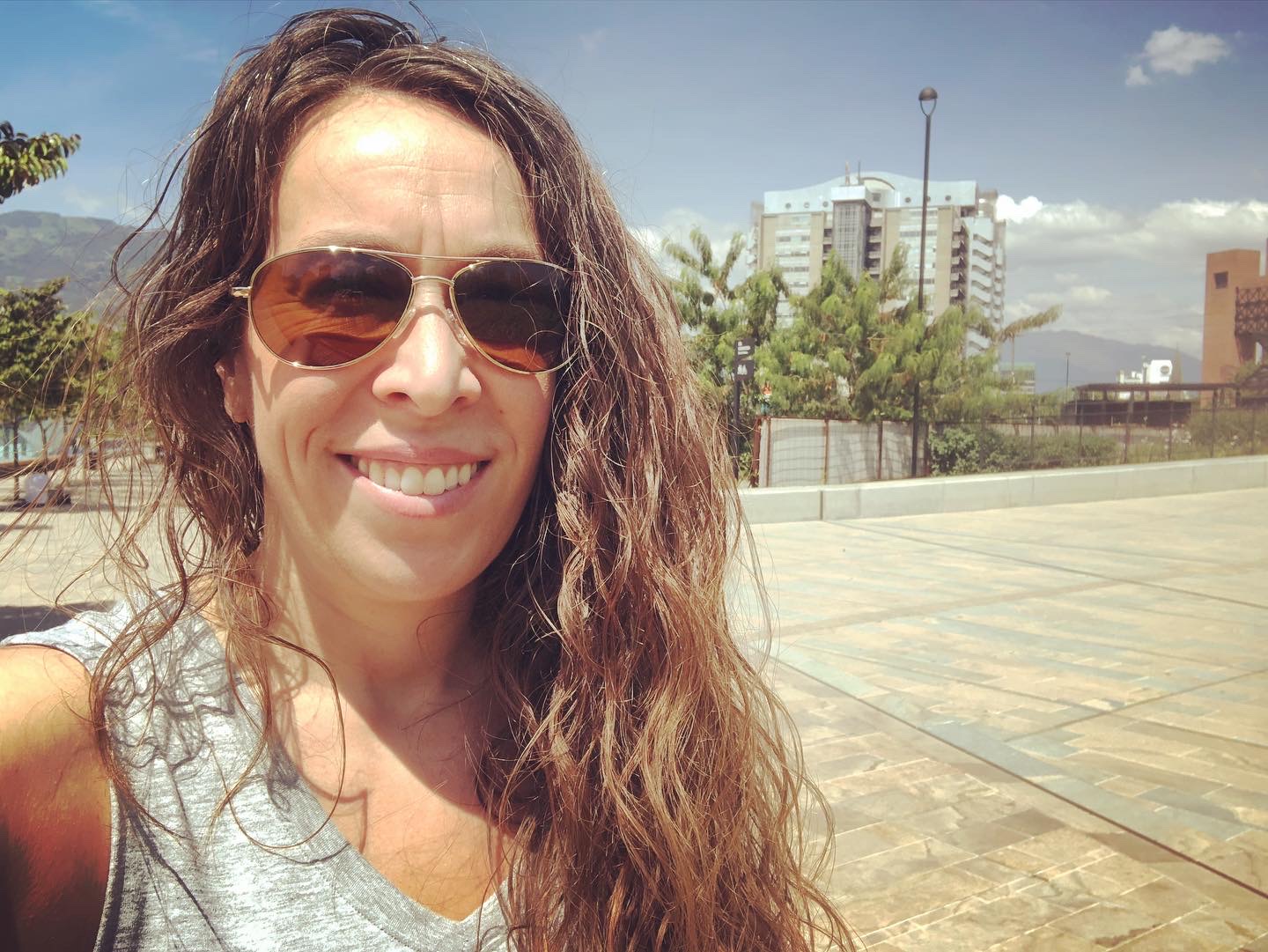
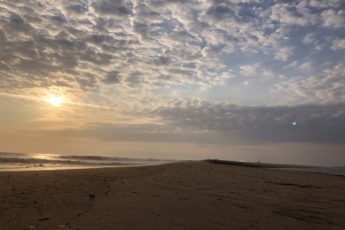

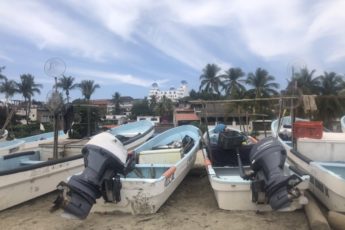
Gmail Pva Accounts
June 9, 2021 7:49 AMWay cool! Some admirable sentiments! I like you composing this article in addition to the remainder of the site is great.
why cant i follow anyone on instagram
July 21, 2022 1:55 PMHmm it looks like your site ate my first comment (it was extremely long) so I guess
I’ll just sum it up what I had written and say, I’m thoroughly enjoying your blog.
I too am an aspiring blog writer but I’m still new to the whole thing.
Do you have any recommendations for first-time blog writers?
I’d certainly appreciate it.
mp3juices
July 31, 2022 5:00 PMI really like looking through a post that can make people think. Also, many thanks for permitting me to comment.
https://feelworldwide.com
August 2, 2022 2:28 PMHey there, You’ve done an incredible job. I’ll certainly digg it and personally suggest to my friends.
I’m sure they will be benefited from this web site.